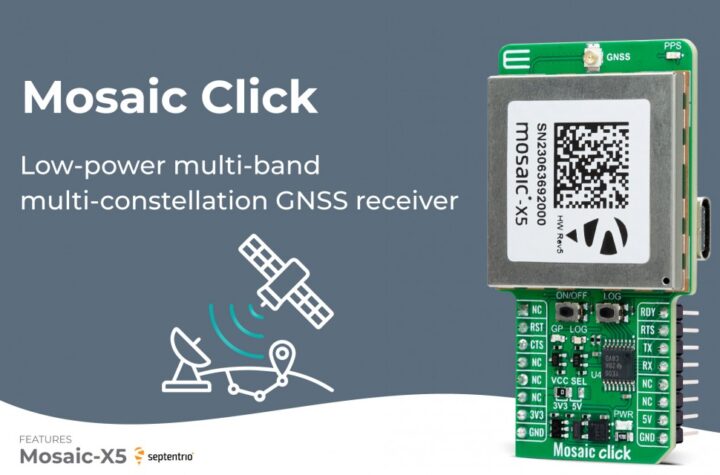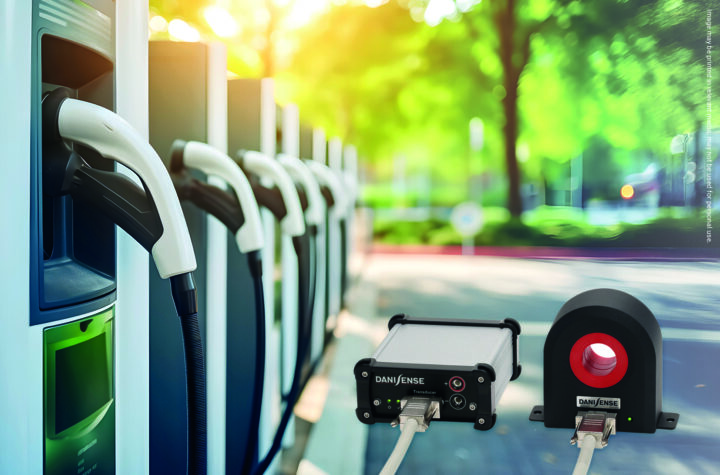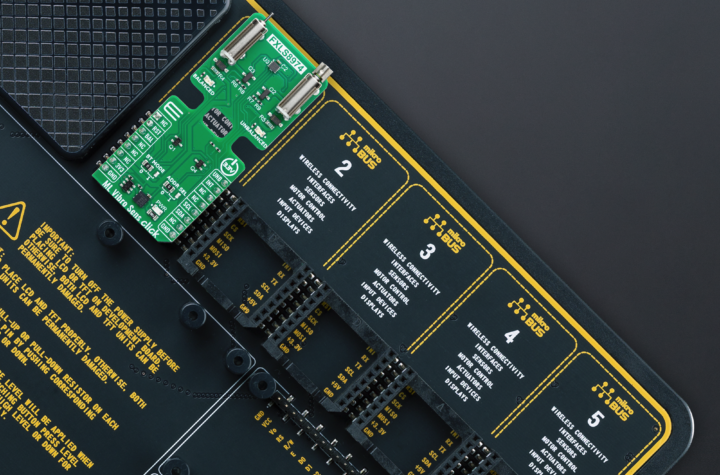
American novelist Mark Twain is renowned for reportedly having said that “the report of my death has been grossly exaggerated”. If diesel technology had a voice it would have the same retort to the headlines predicting its imminent demise.
Automotive Industries (AI) asked Gavin Donkin, VP Product Development, Garrett Motion, how diesel is getting cleaner.

Donkin: There is a very broad-brush approach in the media regarding diesel. The demand for 2-liter, 2.5l and 3l diesel engines and larger will continue. The diesel powertrain remains one of – if not the most – efficient powertrains. You must start by clarifying which stage of diesel legislation you are addressing. Is it Euro 1, 2, 3, 4, 5 or 6? Once you get to Euro 6, a diesel engine is as clean as its gasoline counterpart. This suggests a much more favorable role for diesel as the car parc catches up with available technology through the natural replacement of older vehicles with newer ones. Garrett is already helping OEMs meet even more stringent Euro 7 targets for diesel engines.
Since 1992, when we started with Euro 1, we’ve been focusing on the reduction of noxious gas (NOx) and particulate emissions. We are now at very, very low levels. Euro 7 legislation is focused on emissions at low engine load and cold starts. We are now helping OEMs to meet the next CO2 reduction targets with several different technologies as improving turbo efficiency has a direct effect on reducing CO2 emissions from diesel engines.
AI: What advantages do turbos offer?
Donkin: Turbos offer different advantages to diesel and gasoline passenger cars. There is already 100% penetration of turbos in modern diesel engines. You cannot meet emission targets without turbocharging. There is also the drivability aspect.
The more recent development of gas engine turbocharging has created opportunities to move away from very small diesel engines, in the maybe 1.2 – 1.5- or 1.6-cylinder displacement size. These smaller displacements are where the industry is really seeing big growth in gasoline turbocharging as vehicles at this end of the market meet the performance vs cost value proposition with the smaller displacement turbo-charged motors.
In commercial vehicles, it’s been a similar story in terms of emission legislation, but up until recently CO2 has not been regulated. So, the end user was doing their own cost-benefit calculation on technology adoption. That is changing now, because the commercial vehicle market will be regulated the same as the passenger market.
AI: How do you help OEMs meet the CO2 challenge without sacrificing performance or reliability?
Donkin: The turbocharger is a win-win device. When applied correctly the technology delivers both fuel economy and the performance that brings excitement to driving. As for reliability, the turbo system is now so integrated into the powertrain that they go through the same development cycle as the fuel injection system or a water pump or anything else. Our goal is to make it as reliable as the rest of the powertrain.
AI: What innovations did you showcase at IAA?
Donkin: We demonstrated our advanced turbo wastegate technology. The most generally used controller for large turbochargers is free floating technology, where the turbocharger is controlled by aerodynamics. Wastegate technology was introduced in the ‘90s to provide more precise control over the turbo and became the technology of choice for the industry. We continue to develop the kinematics, or how the components of these systems interact and move, and continue to improve efficiency and fuel economy. Our latest generation of turbochargers incorporate variable nozzle technology and variable geometry technology that provide even more control to the air flow within the turbo.
AI: How do you see the E-boosting market development?
Donkin: Forty-eight-volt electrical architectures are being introduced by nearly all global automakers in passenger and commercial vehicles, as well as systems operating at more than 48V. This gives companies like Garrett the opportunity to electrify the boosting function. We can do that in two ways. One is with a separate electric compressor that works in conjunction with the turbo. This second unit can boost the engine while the air pressure builds for the turbo.
The second option is an integrated electric turbocharger which puts all the functionality into one machine. So, it is a turbine, an electric motor and a compressor. By employing this you can do many things with the powertrain. You can do downsize the engine, you can downspeed it, and you can generate electricity from the E-turbo when you don’t need to power the motor. You can also use it to improve decompression braking by boosting the engine at low speeds when you couldn’t normally boost. We see this as the next wave of technology, and we will be introducing it in a high-volume passenger vehicle in 2021.
AI: What is the full extent of your portfolio for the E-Boosting market?
Donkin: In addition to our boosters for gasoline and diesel engines there is an electric compressor for a hydrogen fuel cell. We are the first in the world to supply a centrifugal compressor for hydrogen fuel cell application. We went into series production in 2016 with Honda. It has attracted so much interest from other OEs that we are now working on generation II product to go into production probably in 2021.
AI: What were the advantages of working together with Honeywell Aerospace division?
Donkin: The namesake of our company, Cliff Garrett, had an aerospace background that lead to the co-development of an off-highway commercial vehicle application that really pioneered automotive turbocharging back in the 1950s. So, the technology similarities between automotive and aerospace have been there since our inception. We shared a lot of learnings with Honeywell related to aerodynamics, material sciences, and rotational devices. We adapted specific modules, such as the air bearings we use in our fuel cell compressor and aerodynamic or rotor dynamic tools and even software. But the two industries operate very differently. We internalized those learnings to fully transform aerospace applications into those suited for the automotive environment.
AI: Is that what prompted the spinoff and separate listing of Garrett Motion from Honeywell?
Donkin: Following the completion of a comprehensive review of its portfolio, Honeywell determined the best opportunity for growing the Transportation Systems business and returning value to its shareholders was to allow Garrett a more focused and dedicated governance model as an independent company. Garrett is now better positioned to channel investment and direct resources into our differentiated technologies, allowing us to pursue all the opportunities created by a rapidly changing automotive environment and by the dynamic evolution of customers’ needs.
AI: What’s next for Garrett?
Donkin: We will continue to focus on our core. We have four very successful lines of business in gasoline, in diesel, and in commercial vehicle sectors, and in addition we have a very strong aftermarket business. We have also been diversifying in three different areas. The first is in electric boosting that is an enhancement of our current product line, and will allow us to help OEMs meet future fuel economy regulations.
The second area is the development of cybersecurity and vehicle health management software. The two areas are growing concerns for the industry. We are trying to help our OE customers eliminate vulnerabilities as connectivity becomes the norm. In the field of in-vehicle health management we are looking at preventative maintenance by monitoring powertrain parameters in order to identify components which need to be replaced before they fail.
The third part of our new initiative is what we called pipeline. We are looking at products and services we can add to the Garrett portfolio to ride the next wave of growth. We are looking at technology such as sensing applications and applying the knowledge of managing high speed motors to electric vehicles.

_3_-_Copy.jpg)














More Stories
Cybord TCI – The Future of Manufacturing Integrity
Automotive Industries (AI) Newsletter October 2024
Getac on AI’s transformative impact on automotive production and aftersales